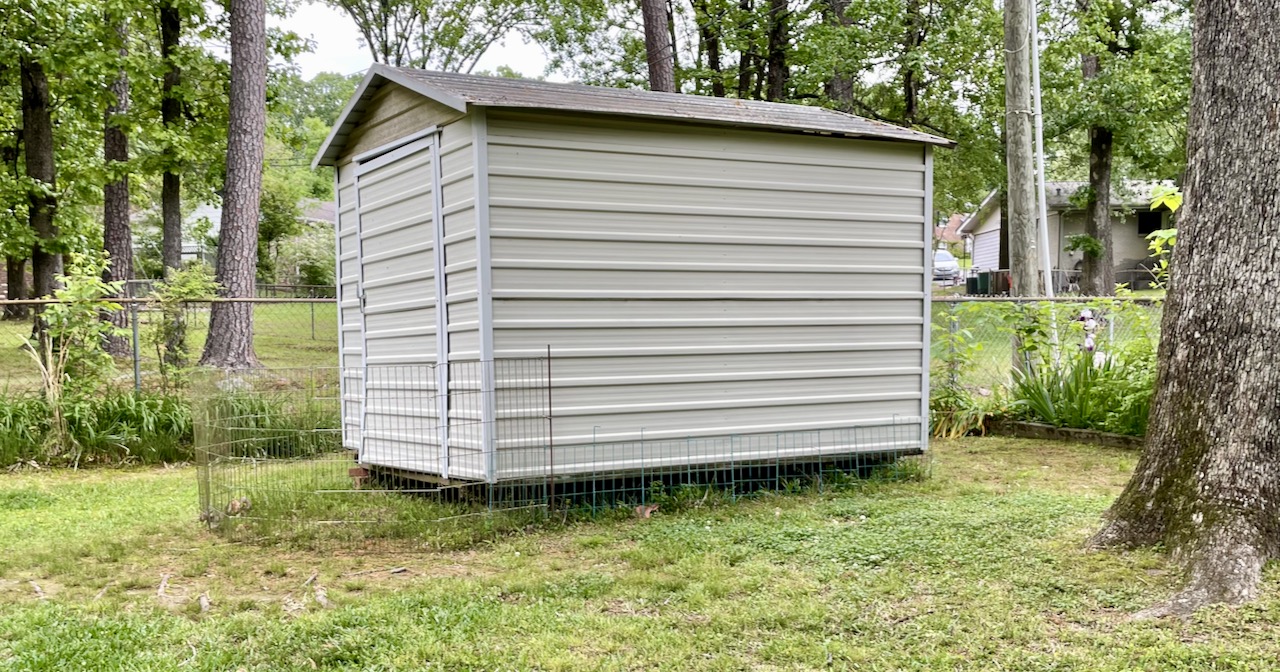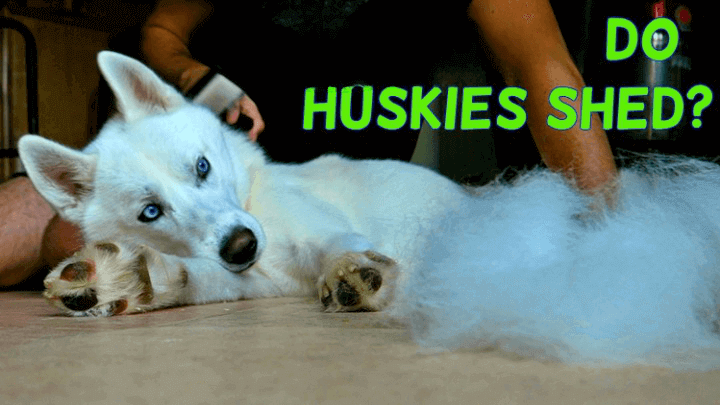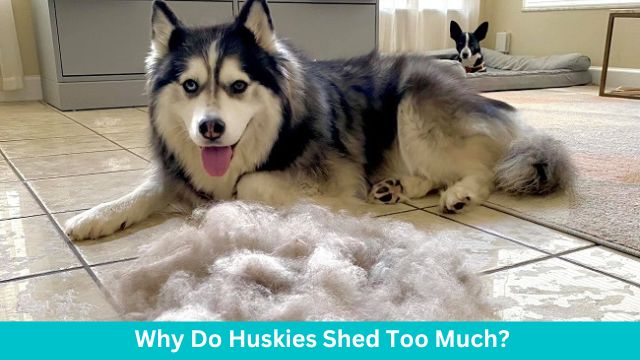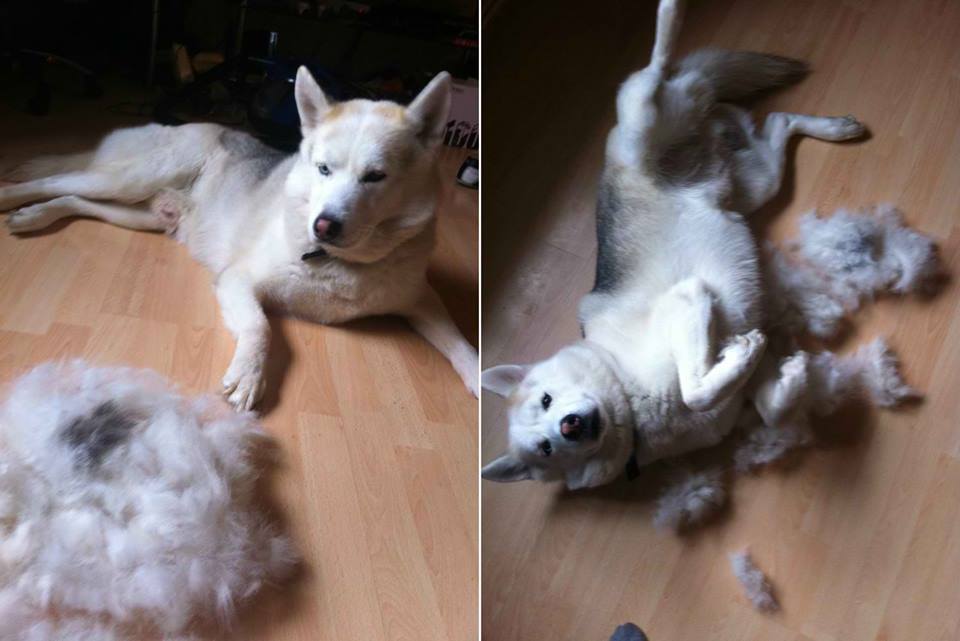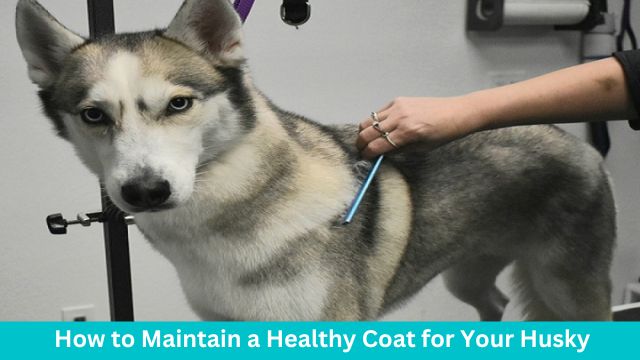I may have saved Clara’s life when I finally fenced off a shed in my backyard.
It’s one of those modular sheds, and set up on concrete blocks. Lots of people around here have them, and plenty of wild critters learn to hide or nest in the crawl space. Even the wrens take their fledglings there as a way station after they first leave the nest.
Some dogs figure out how to crawl around under there.
With my gang, Zani started it. She made the area under the shed her playground. She not only tracked critters under there, but she had a couple little dug-out snoozing areas. If I couldn’t find Zani in the yard, I knew where to look: a 12-inch space under a shed with bare nails poking down through the floor. I made plans to block the shed off with garden fencing. I just had to figure out how to do that and still be able to open the door.
In the meantime, Clara watched Zani scooting around under the shed for a few days and decided that looked fun. But Zani was 19 pounds; Clara was 44. As her person, I told her she was Too Big, but she didn’t agree. When I wasn’t paying attention, she would sometimes dive under there, too.
I’m so glad I took this one video. As you watch, notice that I didn’t say anything as I was looking under the side of the shed where the dust was poofing out. I didn’t want her trying to come that way, because she couldn’t get out on that side. There was only one place where she could exit, and she had to fling her body sideways to do it.
You can hear the stress in my voice during the video. I was so worried that she’d get trapped or injured. And that was before the main terrifying event.
The Winter Night I Thought I Would Lose Clara
It was February, and we had had unusually cold weather coinciding with a heavy-for-us snow. The temperature was in the teens and there were 10–12 inches of snow on the ground.
I took Clara out late one night, and she immediately disappeared somewhere in the yard. I had a sinking feeling as I suspected where she’d gone. I waded over to the shed. Yes, she was under there. In the freezing cold, in pitch dark. The path she needed to take to come out would not have been visible to her because of the snow cover. But I could hear her scrabbling around. The terrifying thoughts flooded in. The city was shut down; I couldn’t get help. If she got stuck or couldn’t find her way out, she could freeze to death. She wore a breakaway collar but could still get caught or trapped. It would take a forklift to raise the shed. But that would be horribly dangerous with her under there, and it would be the next day at the soonest. Would she survive the night? Could I throw hot water bottles and hand warmers under there? I was grasping at straws.
Maybe we could dig her out that night? We’d have to clear a bunch of snow first if we were to dig a place for her to get out. Was the ground frozen? My neighbors are dog lovers; could I hit them up in this weather in the middle of the night? But Clara, of course, would be scared of them.
The snow was up to the bottom of the shed, completely enclosing the space. I had rarely in my life felt such dread.
All this was going through my head before I even knew whether she was in trouble.
I carefully made my move. I dug out the snow in the normal exit area and turned on the light on my phone, pointing it straight down so it wouldn’t be in her eyes. I called her. She came out. My darling, my baby dog thrust herself happily out from under the shed.
That’s when I promised myself I would enclose that space.
Ex Pen to the Rescue
For those who aren’t familiar, “ex pen” is short for the oddly named “exercise pen,” a length of hinged fencing panels that can be configured into an enclosure for dogs. It turned out to be the missing piece, the thing that allowed me to safely enclose the shed.
I had planned for years to put garden fencing around the bottom of the shed. The spacing of the wire can allow access to squirrels, chipmunks, and rabbits, but not dogs. (Note: a determined digger could loosen or move this kind of fence. Luckily I haven’t had one of those for a while.)
But I couldn’t put the fence around the front of the shed, because it would block the door. And I couldn’t just skip the door area because then I would have a worse situation: an entrance to the crawlspace and no exit. I mulled this over for a while. A row of concrete blocks, maybe, filling in the gap under the front? Shorter fencing? My dad would have brought the fencing neatly around the corners and across the front to the edges of the door, then attached something to the bottom of the door that fit perfectly. I’m sure there are many handy people out there who would have figured out something elegant. But I like my solution. I pounded two pieces of 4-foot steel rebar into the ground near the ends of the garden fencing. I placed a length of ex pen around the front, overlapping the fence on the sides. I attached the ex pen to the rebar with carabiners. It’s easy to remove a carabiner and move the ex pen enough to open the shed door. And it looks tidier than a lot of my projects.


Some dogs will jump an ex pen. I’ve seen Zani jump out of a 4-foot pen from a standing start, and this one is 3 feet. But I knew Clara wouldn’t jump it, especially into such a small space, and I learned that Lewis is even less of a jumper than she was. Phew!
Maybe She Would Have Been OK?
As I think about it, a couple years after that panicked night, it occurs to me for the first time that the snow itself could have insulated the space enough for Clara to keep warm enough overnight. I think now, probably so. But the only reason she would have had to stay there was if she had been stuck, which was a deadly problem itself. There was no easy solution for that, even in the daytime, even if there had been no snow.
Clara is gone now, but the fence and ex pen are fulfilling their function: preventing the next varmint dog from the siren song of the shed crawl space.
Related Post
Copyright 2025 Eileen Anderson
